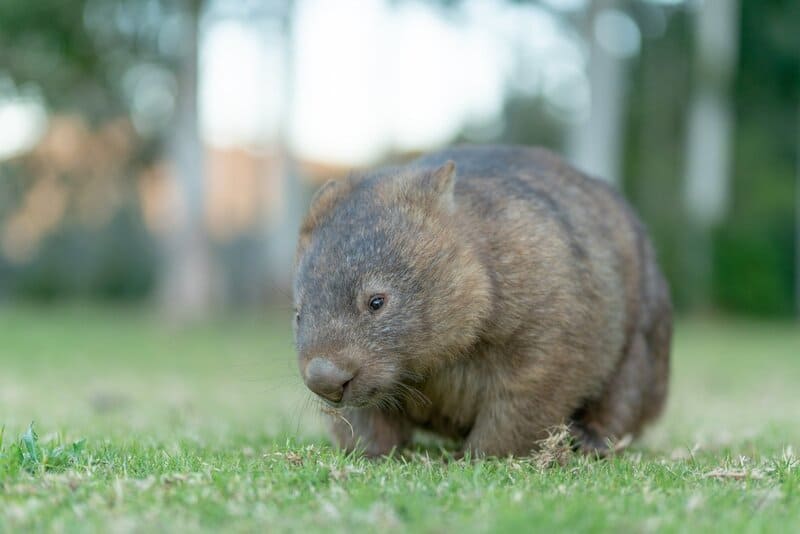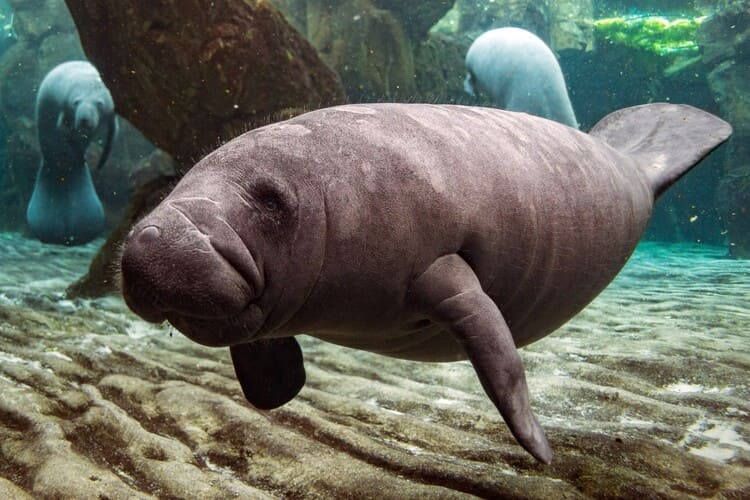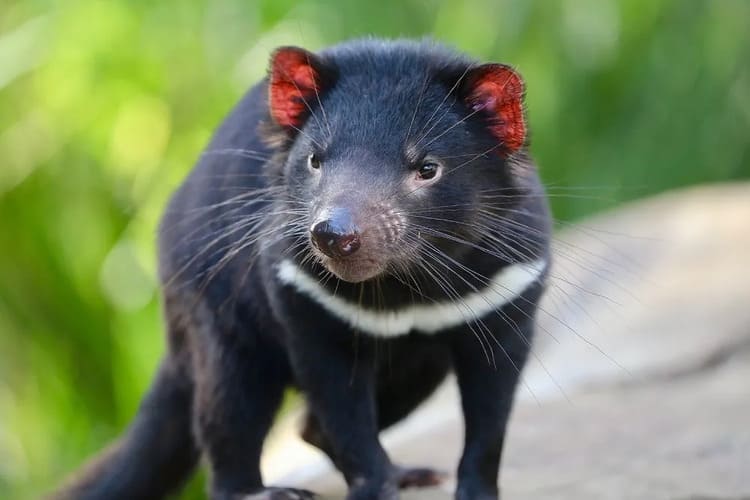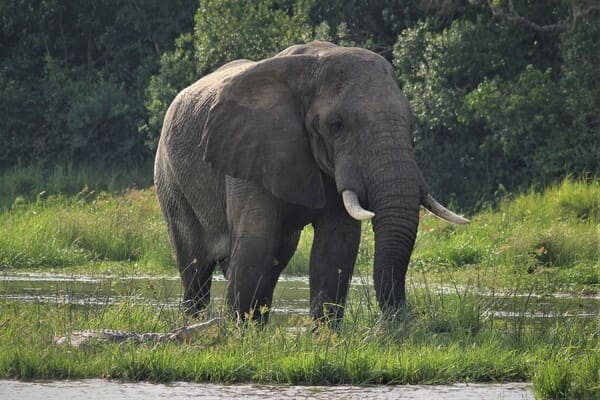Cynocephalus volans
IUCN
LCBasic Information
Scientific classification
- name:Cynocephalus volans
- Scientific Name:Cynocephalus volans
- Outline:Mammal
- Family:Dermatoptera Cymbiidae Cymbiidae
Vital signs
- length:33-38cm
- Weight:No textual research information is available
- lifetime:No textual research information is available
Feature
Distribution and Habitat
The Philippine colugo is found in the Philippine Islands and inhabits only tropical rainforests in the Philippines.
Appearance
Although its face looks similar to that of lemurs in primates, its molars basically maintain a three-pointed insect-eating type, and the mandibular buccal bite relationship indicates that the function of the teeth is to tear rather than grind, in addition to the body has a skin membrane similar to bats, which can be expanded, so it is far related to primates and does not belong to monkeys. They belong to a special group of mammals called dermatoptera.
Medium in size, 33-38 cm in length. The snout is slightly pointed. He has big eyes. The body hair is mainly dark grayish-brown with a few white spots, and the abdomen is lighter.
The most remarkable thing is that the Philippine colugo glides through the trees, starting on both sides of the neck behind the ears, with a wing membrane formed by the extension of the skin extending backwards through the front and hind legs to the tip of the tail and the fingers, toes and tail. It has five fingers on both front and back limbs, with sharp
Details
The Philippine Cynocephalus volans feeds on leaves, buds, flowers and fruits. He sleeps during the day and comes out at night. When resting during the day, they either cling to a thick tree trunk to rest, or sleep by hanging upside down from a branch with their feet up, like a hammock. If it is a female, it often has its own young in its arms. The Philippine colugo has no nest or fixed hiding place, but simply roams back and forth in the upper layers of the forest.

Philippine colugos often glide from tree to tree, then quickly climb up and then glide to a third tree. Its gliding posture is very beautiful, the width of the front legs can reach 1.2 meters, and the young can also slide close to the female's chest. The colugo's skin bulges up under the pressure of air, allowing it to maneuver freely. However, its movements of climbing trees, short leaps forward, etc. are hampered by the skin membrane. Among the animals that can glide, the Philippine colugo has the most perfect adaptation to air activities, and can glide more than 60 meters at a time, and can fly more than 100 meters, and can control the direction and height of the "flight".
Protect wild animals and eliminate wild meat.
Maintaining ecological balance is everyone's responsibility!








